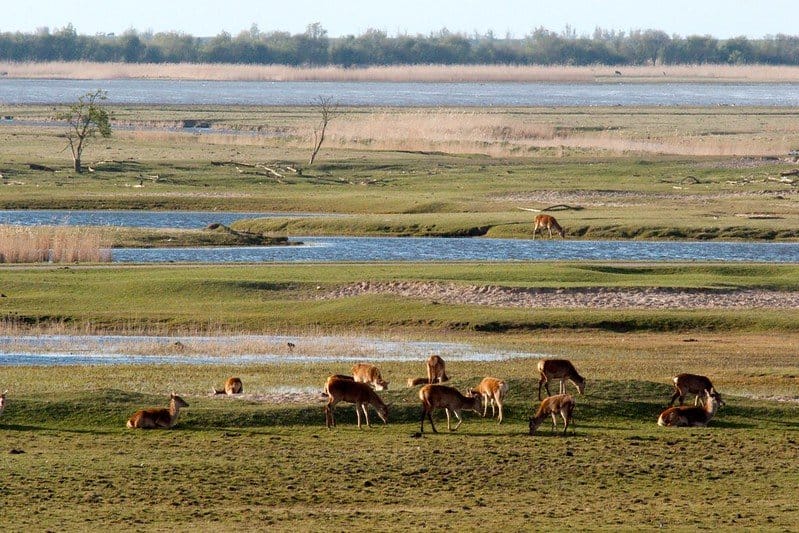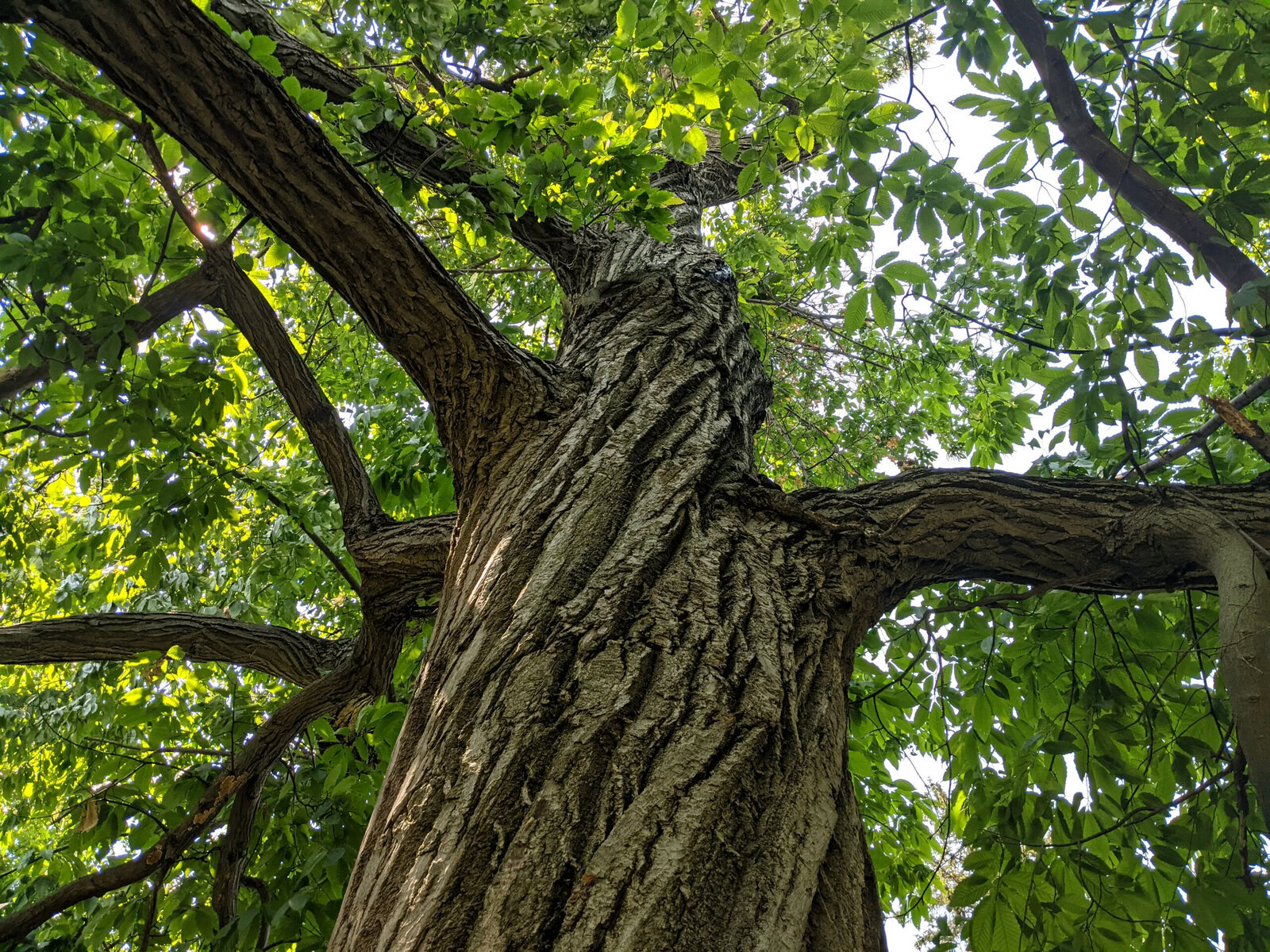Three great stories we found on the internet this week.
Putting down roots
Where garbage once festered, now stands an orchard. That’s what’s happening all over Kansas City — and now, in cities across the U.S. — as a sprawling tree-planting effort bears fruit.
In 2013, Giving Grove, a Kansas City nonprofit, started cleaning up dump sites, empty lots and other underutilized spaces, and planting orchards and gardens in them. The groves have flourished and made an impact on several levels. Besides replacing polluted and underused urban space, they provide food to the surrounding community, whose members care for the orchards themselves. “At the root of all that success is the fact that the neighborhood takes ownership,” said Giving Grove CEO Rob Reiman.
In the nine years since Giving Grove sprouted, it has spread to ten other cities and planted some 330 orchards, many of them cultivated by youths who live in food deserts. “They share with me their love of the orchard and seven times out of 10 the conversation focused on the community, not the food,” said Reiman.
Read more at the Kansas City Beacon
Where the wild things are
Rewilding efforts are popping up across the world, but how effective are they? A new mapping project is tracking the progress, and stacking up proof that rewilding works.

Rewilding is the process of letting nature reclaim human-altered landscapes. It is taking place in an array of environments, from central London to rural India. The map unearths the stories behind the restorations and makes them tangible to a global audience. “It creates the inspiration, but also gives the confidence that something’s really happening there,” said Alexander Watson, CEO of the social enterprise hosting the map.
Going forward, the map could also be used to inform the marketing of carbon credits and track the return of native species to areas that once teemed with them. Even Watson himself has been surprised by things that the project has revealed. “I wasn’t aware that you have wild bison going through Romania,” he said.
Round the bases
Major League Baseball is elevating women to leadership roles at a breakneck pace, according to a report by The 19th.
In 2020, Kim Ng became the league’s first general manager when she took over the Miami Marlins. Since then, more than a dozen women have been signed to Major League team operations, from the front office to the coaching staff. “It’s amazing what has happened since 2020,” said one historian. The San Francisco Giants hired their first female coach. So did the Boston Red Sox, who made Bianca Smith the first Black woman to serve as a coach in a professional baseball organization. At the start of 2021, women served in over one-quarter of all professional roles across the MLB, a sports league that, until recently, was almost entirely male dominated.
Weighed down by negative news?
Our smart, bright, weekly newsletter is the uplift you’ve been looking for.But there’s one glass ceiling that shows no sign of cracking yet. Though there’s no rule against female players, not a single woman has yet taken the field as a player on a Major League team. Could that soon change? Last month, Alexis “Scrappy” Hopkins was drafted by the Kentucky Wild Health Genomes — part of the Atlantic League of Professional Baseball — to be a bullpen catcher. “Confidence and desire and experience has been rewarded in the right way,” said Ng of the progress.










